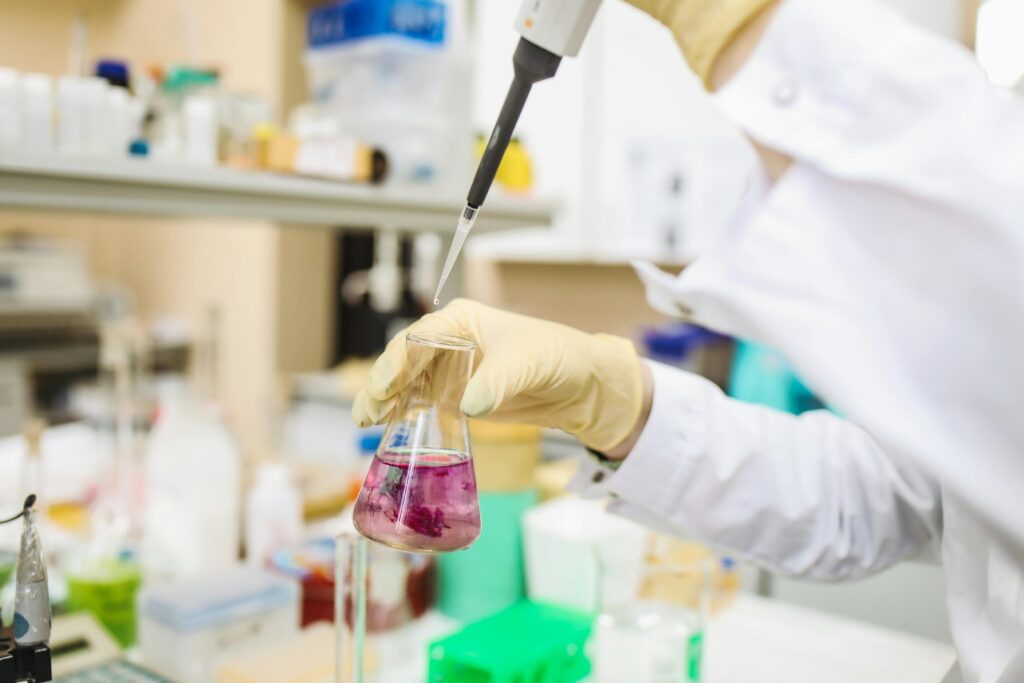IN VITRO
PRELEASE (IVRT) STUDIES
In vitro release rate (IVRT) can reflect numerous and combined effects of several physical and chemical parameters, including solubility, particle size of the active pharmaceutical ingredient (API) and rheological properties of the dosage form. In vitro release testing (IVRT) is an FDA required test used to support pre- and post-approval manufacturing changes in compliance with SUPAC-SS requirements. IVRT allows for targeted and systematic drug development and guides the establishment of therapeutic equivalence. IVRT measures the release rate of a drug by using Franz diffusion cells and a non-interactive synthetic membrane or skin, and can be used to develop methods for analyzing a range of semi-solid dosage forms, including :

Topical Aerosols

Ointments

Liposomes/Ethosomes

Suspensions

Creams

Microencapsulation

Creams

Lotions
At VitelyBio, our team is equipped with in-depth subject knowledge & technology to support your IVRT and Q1/Q2/Q3 requirements for accelerated development of generic drug products.
IVRT method development process at VitelyBio

Membrane selection
membrane binding test (static and diffusion test), compatibility and “wettability” of membrane by the formulation. Even both hydrophobic and hydrophilic membrane pass the binding test, the membrane must be compatible and wettable by the formulation to achieve efficient release of an API.
IVRT sensitivity
ability to detect concentration change.
IVRT selectivity
ability to detect inequivalent product.
Receptor medium selection
API release, and solubilization (thermodynamic and kinetic), API stability, back-diffusion of receptor ingredient(s), membrane stress test in the selected receptor medium.
IVRT specificity
proportionality and linearity of API release.
IVRT discriminality and robustness.
proportionality and linearity of API release.